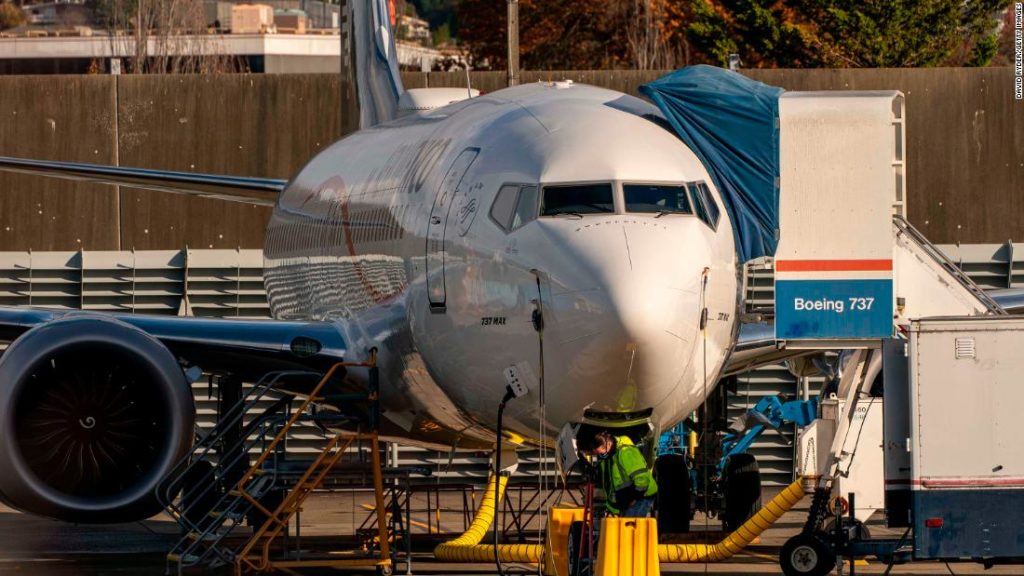The company’s loss from operations climbed to $12.8 billion, up from nearly $2 billion a year ago, which was Boeing’s previous record loss. The company’s net loss soared to $11.9 billion, also an increase from the previous year’s record of $636 million.
The net loss is so much larger partlybecause of the decision announced Wednesday to push the first delivery of its newest jet, the 777X, back to 2023, from its previous target of a 2022 launch. The widebody long-range plane was designed to be used mostly on international travel, and that is the part of air travel that is expected to take the longest time to recover from the pandemic. Boeing took at $6.5 billion charge as a result of that delay.
Shares of
Boeing (BA) fell 3% in premarket trading on the much larger than expected loss.
Just two years earlier, in 2018, Boeing reported
record earnings as well as record revenue that topped $100 billion for the first time. But in March 2019, its best-selling plane, the 737 Max, was
grounded following
two fatal crashes that killed 346 people. It took until November 2020 for the plane to win
approval to fly passengers again, far longer than original estimates, and the company hemorrhaged money since then.
While the US Federal Aviation Administration approved the plane to fly in November, other regulators around the world, including China, have yet to clear it to carry passengers. European regulators approved the plane on Wednesday. Boeing has reported
costs of more than $20 billion associated with the 737 Max crisis.
But the real blow to Boeing results came from the
huge losses in the airline industry caused by the pandemic. It recorded a record 655 canceled orders for its planes during 2020, and only delivered 157 planes during the course of the year, down from 380 it had delivered in 2019, and 806 it had delivered in 2018 before the 737 Max crisis. And with the continued problems in the airline industry it will take sometime for Boeing to get deliveries and revenue back on track.
Analysts forecast that Boeing revenue will climb back to $78 billion in 2021, helped by the deliveries of about half of the more than 400 737 Max jets it
built during the grounding but was unable to deliver. That could lift Boeing back into modest profitability by the middle of the year.
But the company will be a smaller company than it was before the crises.
It has announced it expects to
reduce staff to 130,000 by the end of 2021, down from 161,000 on staff at the start of 2020. About 19,000 of those jobs had been eliminated in the first nine months of 2020 through a combination of
buyouts and
involuntary layoffs. It will
end production of the 747 in 2022, and halt production of the 787 Dreamliner in Washington state in 2021 as it consolidates production at a plant in South Carolina.

